Quantum sensors can be used in medical technologies, navigation systems, and more, but they’re too expensive for most people. That’s where the Uncut Gem open source project comes in.
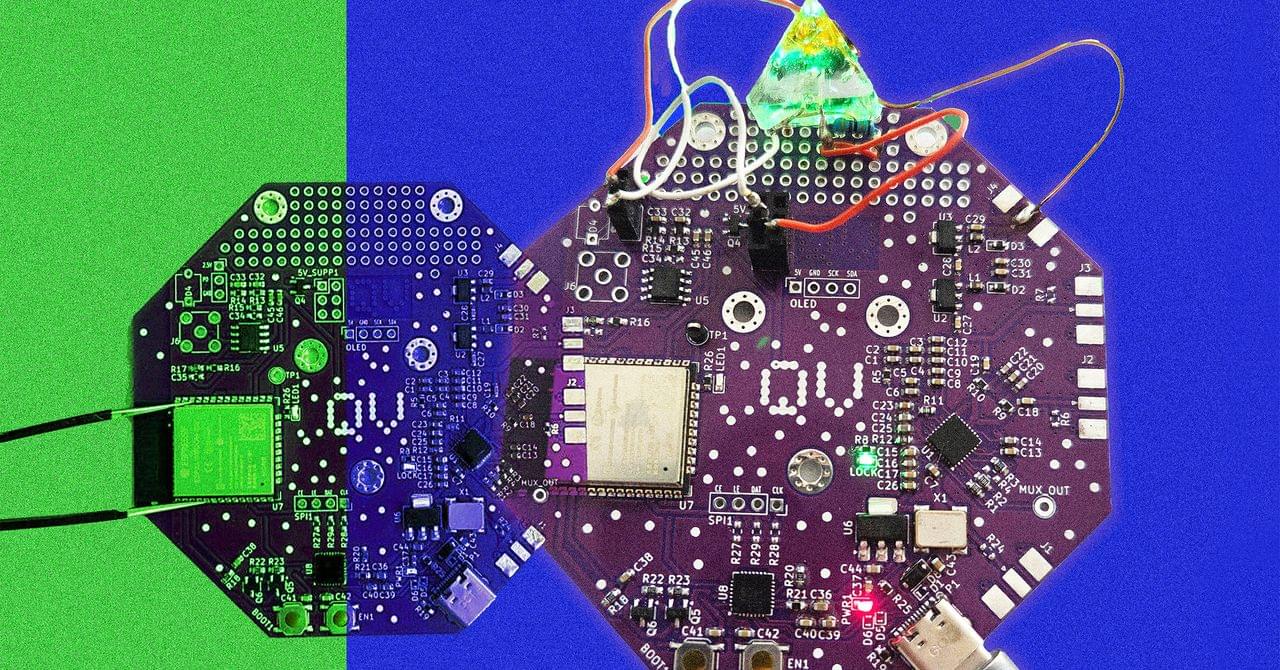

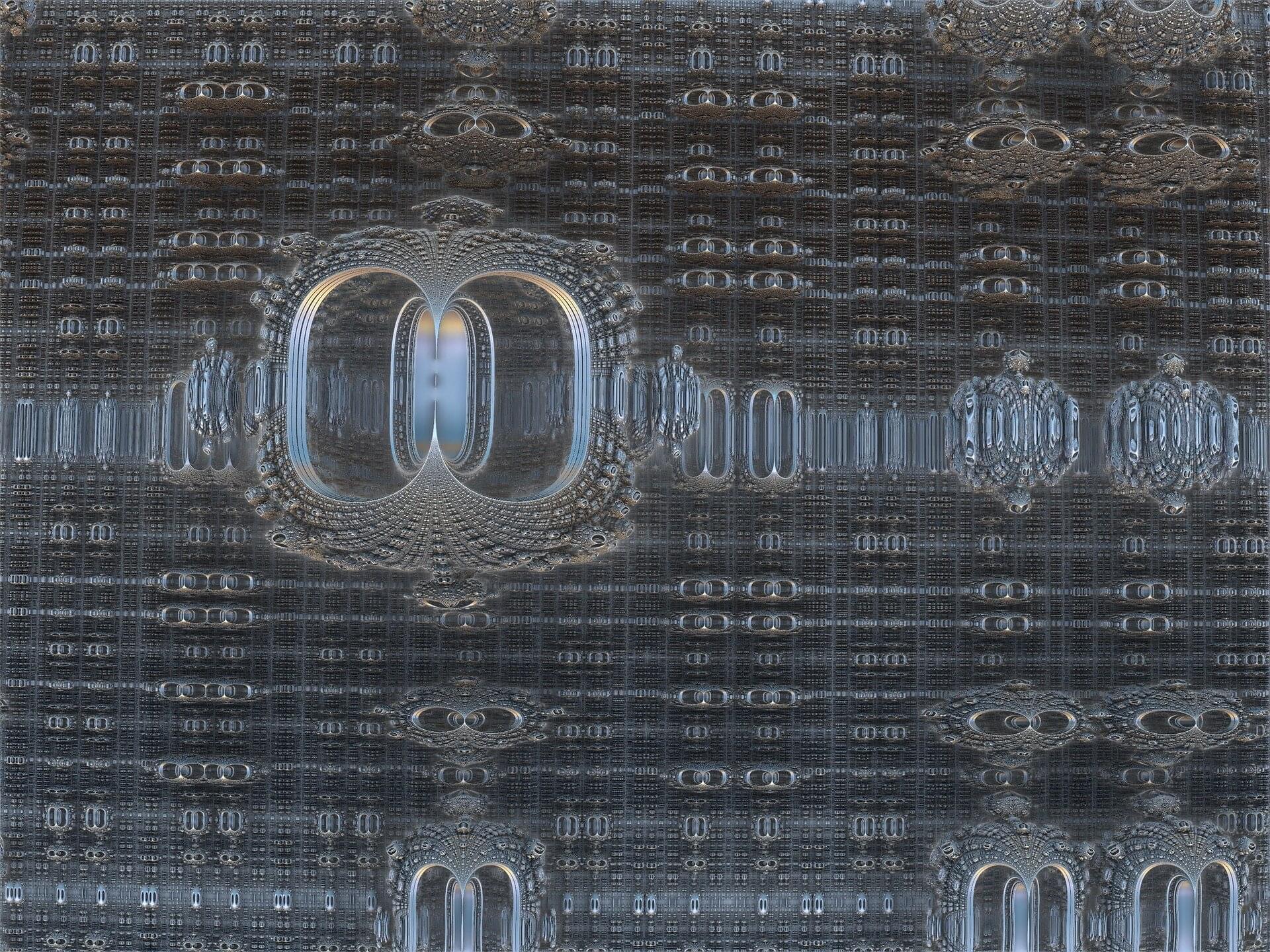
Quantum computers have the potential to solve problems far beyond the reach of today’s fastest supercomputers. But today’s machines are notoriously fragile. The quantum bits, or “qubits,” that store and process information are easily disrupted by their environment, leading to errors that quickly accumulate.
One of the most promising approaches to overcoming this challenge is topological quantum computing, which aims to protect quantum information by encoding it in the geometric properties of exotic particles called anyons. These particles, predicted to exist in certain two-dimensional materials, are expected to be far more resistant to noise and interference than conventional qubits.
“Among the leading candidates for building such a computer are Ising anyons, which are already being intensely investigated in condensed matter labs due to their potential realization in exotic systems like the fractional quantum Hall state and topological superconductors,” said Aaron Lauda, professor of mathematics, physics and astronomy at the USC Dornsife College of Letters, Arts and Sciences and the study’s senior author.
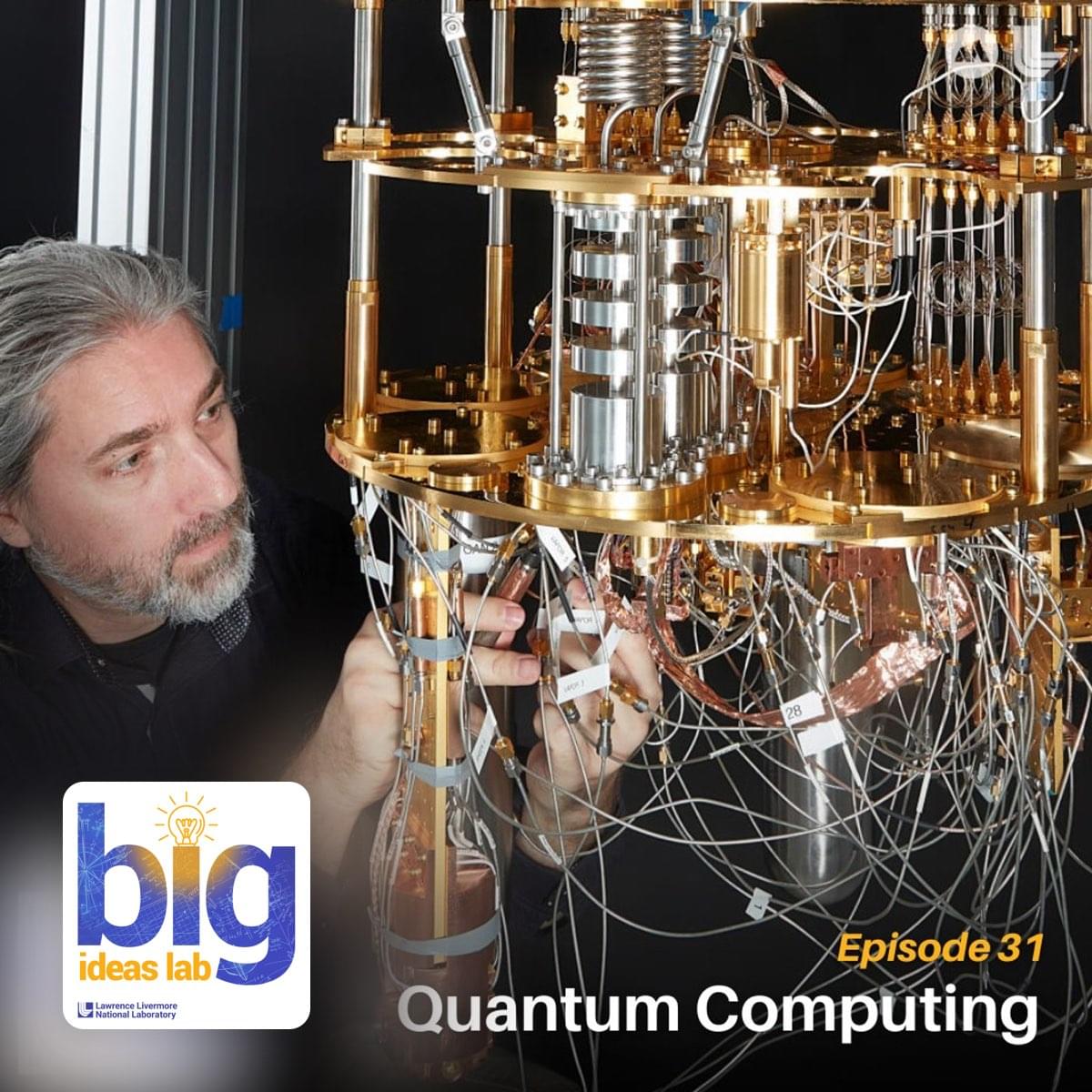
What if scientists could use the peculiar world of quantum mechanics to design solutions once thought impossible — changing how we build, heal, and communicate?
At Lawrence Livermore National Laboratory, researchers are developing quantum systems that could help us do just that. These machines think differently, tapping into the strange rules of quantum mechanics to simulate atomic interactions, unlock new materials, and reveal hidden patterns in nature. In this episode, we’ll explore how quantum computers work, why they need to be colder than deep space, and what it will take to bring their full potential to life.
(This is an Apple Podcast)
Podcast Episode · Big Ideas Lab · 06/03/2025 · 21m.

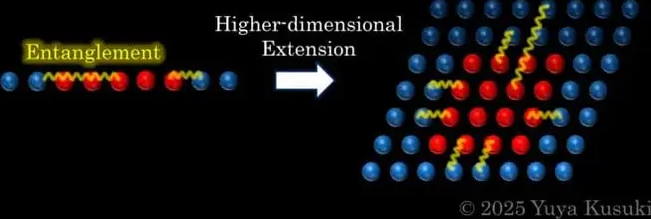


In the past, chemists have used temperature, pressure, light, and other chemical ways to speed up or slow down chemical reactions. Now, researchers at the University of Rochester have developed a theory that explains a different way to control chemical reactions—one that doesn’t rely on heat or light but instead on the quantum environment surrounding the molecules.
In a paper published in the Journal of the American Chemical Society, the researchers—including Frank Huo, the Dean and Laura Marvin Endowed Professor in Physical Chemistry in Rochester’s Department of Chemistry and graduate students Sebastian Montillo and Wenxiang Ying—argue that traditional theories used to predict how fast chemical reactions occur may not fully capture what happens under certain quantum light-matter interaction conditions.
To address this, they developed a new theory showing how quantum effects —specifically, an effect called vibrational strong coupling (VSC)—can influence chemical reactions.
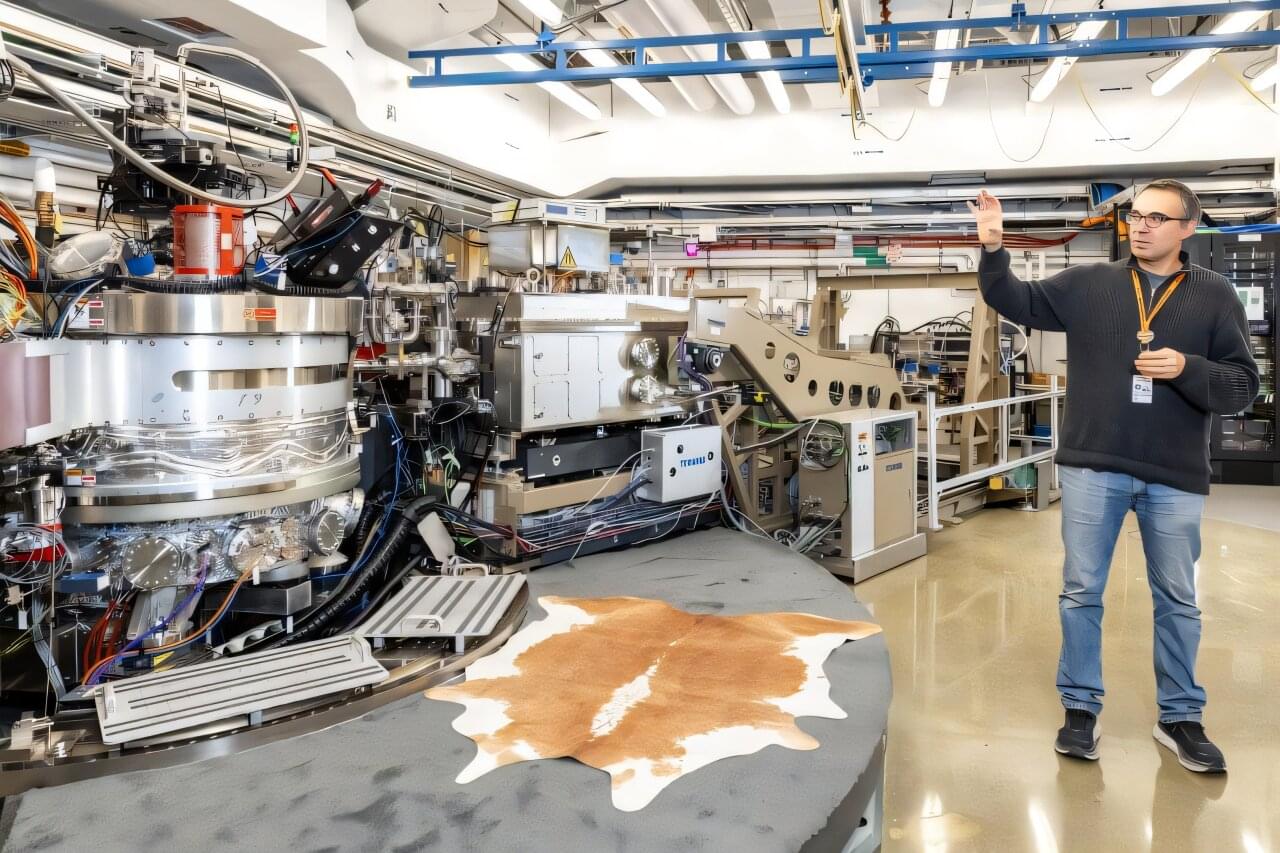
With a suite of reimagined instruments at SLAC’s LCLS facility, researchers see massive improvement in data quality and take up scientific inquiries that were out of reach just one year ago.
Some of science’s biggest mysteries unfold at the smallest scales. Researchers investigating super small phenomena—from the quantum nature of superconductivity to the mechanics that drive photosynthesis—come to the Department of Energy’s SLAC National Accelerator Laboratory to use the Linac Coherent Light Source (LCLS).
Like a giant microscope, LCLS sends pulses of ultrabright X-rays to a suite of specialized scientific instruments. With these tools, scientists take crisp pictures of atomic motions, watch chemical reactions unfold, probe the properties of materials and explore fundamental processes in living things.

Van Gogh’s “The Starry Night” has stirred the souls of art lovers for over a century. Now, its swirling skies may also speak to physicists, as it echoes the patterns of quantum turbulence.
Physicists at Osaka Metropolitan University and the Korea Advanced Institute of Science and Technology have for the first time successfully observed the quantum Kelvin–Helmholtz instability (KHI)—a phenomenon predicted decades ago but never before seen in quantum fluids. The instability produces exotic vortex patterns known as eccentric fractional skyrmions, whose crescent-shaped structures bear a resemblance to the moon in Van Gogh’s masterpiece.
KHI is a classic phenomenon in fluid dynamics, where waves and vortices form at the boundary between two fluids moving at different speeds—as seen in wind-whipped ocean waves, swirling clouds, or Van Gogh’s skies.

How can quantum technologies be developed responsibly? In the journal Science, researchers from the Technical University of Munich (TUM), the University of Cambridge, Harvard University and Stanford University argue that international standards should be established before laws are enacted.
Prof. Urs Gasser explains why the authors propose a quality management system for quantum technologies, how standards create trust and where even competing countries such as China and the US can cooperate.
Quantum technologies could have an even more disruptive impact than artificial intelligence. This is why there are growing calls to steer technological development in a socially responsible direction at an early stage through legislation, unlike with AI. Why do you see things differently?